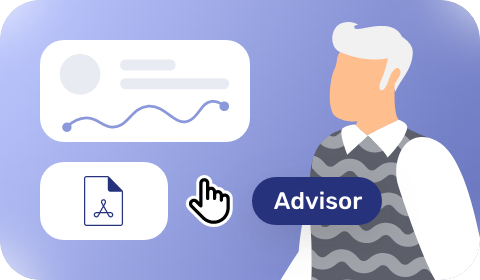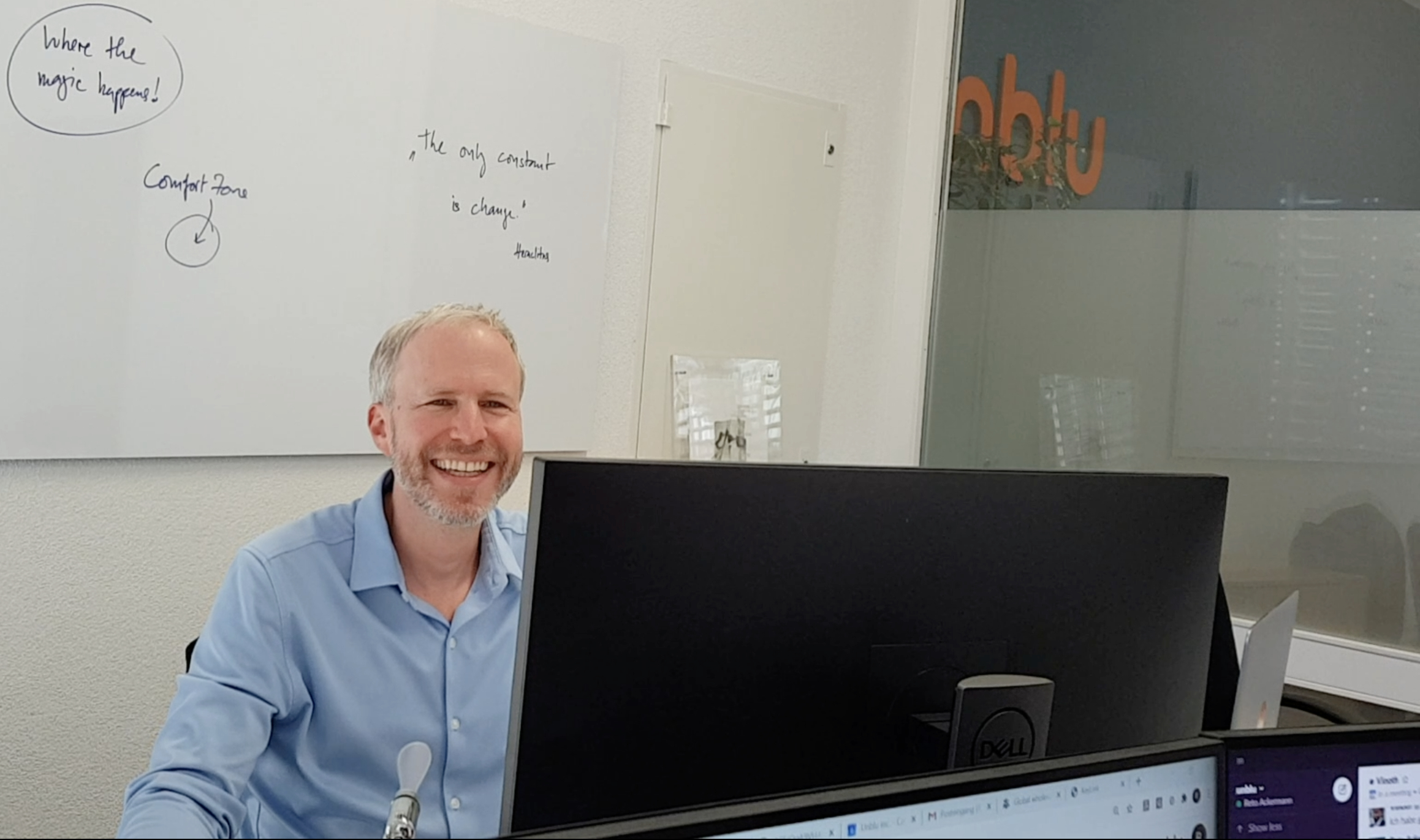In today’s world of digital communication and remote working, maintaining good business relationships isn’t a given. The shift to a hybrid model requires adaptation and innovation of client engagement—and without a physical location, digital touchpoints must offer solutions that are as seamless as in-person interactions.
It’s clear to see that the wealth advisory sector has moved beyond in-person interaction. The rapid shift to virtual meetings has conditioned client demand for digital services, largely rendering physical locations redundant. Nonetheless, FCA regulation in the UK posits that firms should be ready to prove that a remote work setup doesn’t compromise their control functions. Risk, compliance, and confidentiality measures can’t be afforded extra slack, and wealth management institutions must have a plan for maintaining the quality of their internal auditing procedures.
For many advisors that spend time out of office meeting clients or prospects, hybrid working is nothing new. The real shift has come with the advent of digitally enabled engagement channels. Far from using virtual methods to patch over the disruption of the pandemic, firms are now leveraging tech to optimize remote relationship building. For that, these innovative tools are key to fostering trust—both from clients and from financial regulators.
1. The benefits of asynchronous communication
Aside from a disconnect with client preferences, pushing for in-person meetings falls short on efficiency. The switch to an ‘outbound’ model—executed via an omnichannel offering—is a far more client-centric use of an advisor’s time. With the ability to interact digitally and personally through asynchronous text messaging, clients are empowered to seek out financial advice at their own convenience. For wealth management firms, efficient time usage is coupled with the advantage of controlling conversational data, making ongoing interactions more fluid.
Additionally, implementing scheduled conversations into a digital platform is a seamless way to deliver on consistency. While advisors are better prepared for recurrent meetings, clients get a higher degree of flexibility to set up conversations.
2. Embed video meetings into the client journey
Despite the diminishing relevance of in-branch banking, face-to-face meetings are still important. Video calls are an effective way to do this without requiring a shared location—but they must be approached with caution. Unless put into place alongside other integrated digital touchpoints, the video meeting is unlikely to satisfy client needs.
The client journey is dynamic, with different phases calling for different methods of communication. Sometimes, a message may provide a better resolution than a video call. At the point where it is necessary to speak face-to-face, video calls must take stock of any prior communications, as well as security challenges like client authentication. As remote relations come to the fore in the wealth advisory sector, firms must therefore keep in mind that the video call is just one of several important stepping stones structuring the client journey.
3. Remote and secure collaboration
The move away from physical face-to-face begs the question: how can the impact of an in-person meeting be replicated in the digital realm? The answer lies in leveraging digital tools, but this must be done securely.
For optimized hybrid working, a valuable function is a co-browsing feature, allowing clients and advisors to collaborate in real-time. With all sensitive data withheld, this co-browsing solution delivers the functionality of an in-person meeting while reassuring clients that any private information will be kept confidential.
4. Keep it compliant with controlled conversations
While modes of client communication have changed, requirements for control and compliance remain the same. Hybrid working models and digital channels must meet regulatory obligations, demanding that firms update their policies for routine tasks like listening to client calls or reviewing files.
It’s obvious that going remote requires preventing use of privately owned devices for business activities that can’t be monitored, such as actions on popular text messaging apps. Beyond that, new communication tools should have integrated control mechanisms, and be assessed by senior management.
To meet those obligations, conversation recording functionalities can be leveraged for all interactions—from simple chat messages to ongoing video exchanges involving sensitive documents. Message data should be stored in an encrypted system with restricted access. If executed effectively, these types of tools hold the dual benefit of modernizing compliance capabilities and storing conversation history centrally, which can also be used to enhance client interactions.
5. Verify and protect client identity
The mass migration to hybrid working also calls for new responsibilities around data, cyber and security. Fundamentally, the now frequent movement of laptops and confidential material represents a new challenge for data protection. In tandem with that, traditional KYC (Know-Your-Customer) protocols are rapidly becoming outdated, initiating new requirements for client identification that wealth management firms must learn to fulfill.
While digital collaboration capabilities are a win for client experience, they can easily become a security risk if not implemented carefully. When an advisor shares their screen on a video call, for example, they might inadvertently expose sensitive information, or even another client’s PII (personal identifiable information). This is bound to result in lost trust—or at worst, the PII could end up falling victim to fraud.
Fortunately, smart use of digital makes this easy to avoid. Any remote interaction can and should be hosted in a secured environment that requires login credentials—for both the client and the advisor. By integrating all channels into a unified digital platform, securing the environment and verifying identities becomes a whole lot easier to achieve.
6. Showcase your brand
The main players in video conferencing and text messaging weren’t designed with the wealth advisory client journey in mind. They want to remain recognizable, capitalizing on integrated usage where they can—but this isn’t such good news for financial advice providers.
Wealth management is a distinctly personal matter, and clients want to know what their chosen provider is all about. Since a digital finance platform is the doorway to every interaction, it’s a great opportunity to showcase your corporate identity. By opting for a platform with a customizable design, firms can consistently connect with clients via strong visual branding that conveys who they are.
Digital Advice & Unblu
With remote working models on the rise, Unblu’s platform is the definitive tool for wealth managers. Comprising a range of next-generation digital products, Unblu helps wealth firms build a client experience infrastructure to deliver personalized, convenient advice without compromising on compliance. Book a demo with our team today here.




 Interaction Management Hub
Interaction Management Hub Secure Messenger
Secure Messenger Video & Voice
Video & Voice


